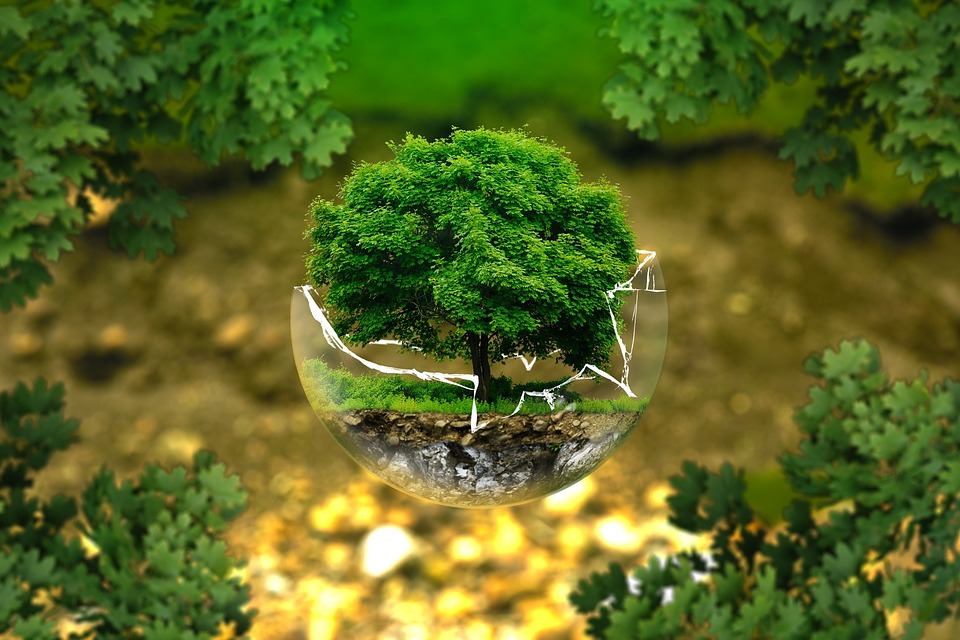
How to Create a Self-Sustaining Ecosystem
Did you know that it is possible to create a self-sustaining ecosystem? It is quite simple, and in this blog post, we will discuss the steps necessary to make it happen. Creating a self-sustaining ecosystem is a great way to reduce your environmental impact, and it can also be fun and rewarding. For an ecosystem to be self-sustaining, it must be able to regenerate itself using renewable resources.
What is a self-sustaining ecosystem?
A self-sustaining ecosystem is one in which the biotic (living) and abiotic (non-living) components interact with one another to create an environment that can support life indefinitely. In a self-sustaining ecosystem, energy and materials are recycled back into the system, allowing it to continue functioning without outside input. One example of a self-sustaining ecosystem is a forest. Trees produce oxygen gas, which is used by animals for respiration. Animals also produce carbon dioxide gas, which is used by plants for photosynthesis. In this way, the two groups of organisms rely on one another to maintain a balanced ecosystem. Additionally, dead leaves and other organic matter decompose, releasing nutrients back into the soil that is used by plants to grow. In a self-sustaining ecosystem, all components work together to create a balance that can be maintained indefinitely.
What are the things needed for a self-sustaining ecosystem?
A self-sustaining ecosystem can exist indefinitely without external inputs. To achieve this, an ecosystem must contain three key components: producers, consumers, and decomposers. Producers are organisms that create their food, such as plants and algae. Consumers are animals that eat other organisms for food. Decomposers are organisms that break down dead organic matter, such as bacteria and fungi. Together, these three groups form a complex web of life that cycle nutrients and energy through the ecosystem. Without any one of these groups, the ecosystem would eventually collapse. For example, without decomposers to break down dead organic matter, the amount of available food would decrease, leading to the death of consumers. As a result, all three groups are essential for a self-sustaining ecosystem.
How do you build a self-sustaining ecosystem?
The term “ecosystem” can be used to describe any self-contained unit where living organisms interact with each other and their environment to exchange matter and energy. A self-sustaining ecosystem requires no external inputs of energy or matter to continue functioning. In this blog post, we’ll explore how to build a self-sustaining ecosystem.

The first step in building a self-sustaining ecosystem is to identify the desired outcome. What are you trying to achieve? Do you want to create a habitat for wildlife? Grow your food? Clean up an area of pollution? Once you’ve identified the outcome, you can begin planning your ecosystem.
Next, you’ll need to select the right location. The location will need to be large enough to support the desired outcome, but not so large that it’s unmanageable. For example, if you’re trying to create a habitat for wildlife, you’ll need to find an area that has a good mix of sun and shade, as well as access to water.
Once you’ve selected the location, it’s time to start planting! When selecting plants, be sure to choose those that are native to your area. Native plants are adapted to the local climate and soil conditions, so they require less maintenance than non-native plants. In addition, native plants support local wildlife by providing food and shelter.
As your plants grow, they will begin interacting with each other and their environment, exchanging matter and energy. These interactions will create a complex web of life that will eventually become self-sustaining. However, it’s important to remember that a self-sustaining ecosystem does not mean that it’s maintenance-free! Regular monitoring and intervention will be necessary to keep the ecosystem healthy and functioning properly.
Conclusion:
A self-sustaining ecosystem is a complex system of interactions between living organisms and their environment. To build a self-sustaining ecosystem, you’ll need to select the right location and plant native plants that will support each other and wildlife. While a self-sustaining ecosystem doesn’t require any external inputs of energy or matter, it does require regular monitoring and intervention to stay healthy.
References:
https://www.selfsustainingecosystem.com/
https://www.wikihow.com/Build-a-Self-Sustaining-Ecosystem
https://sciencing.com/make-selfsustaining-ecosystem-6098416.html
https://terrariumtribe.com/self-sustaining-terrarium/